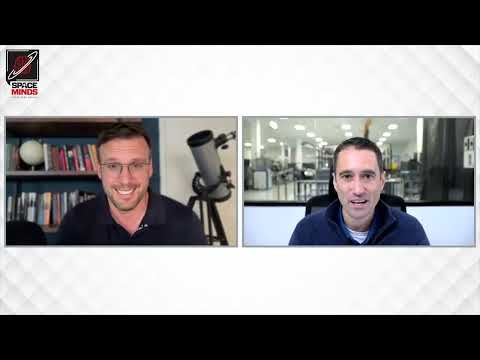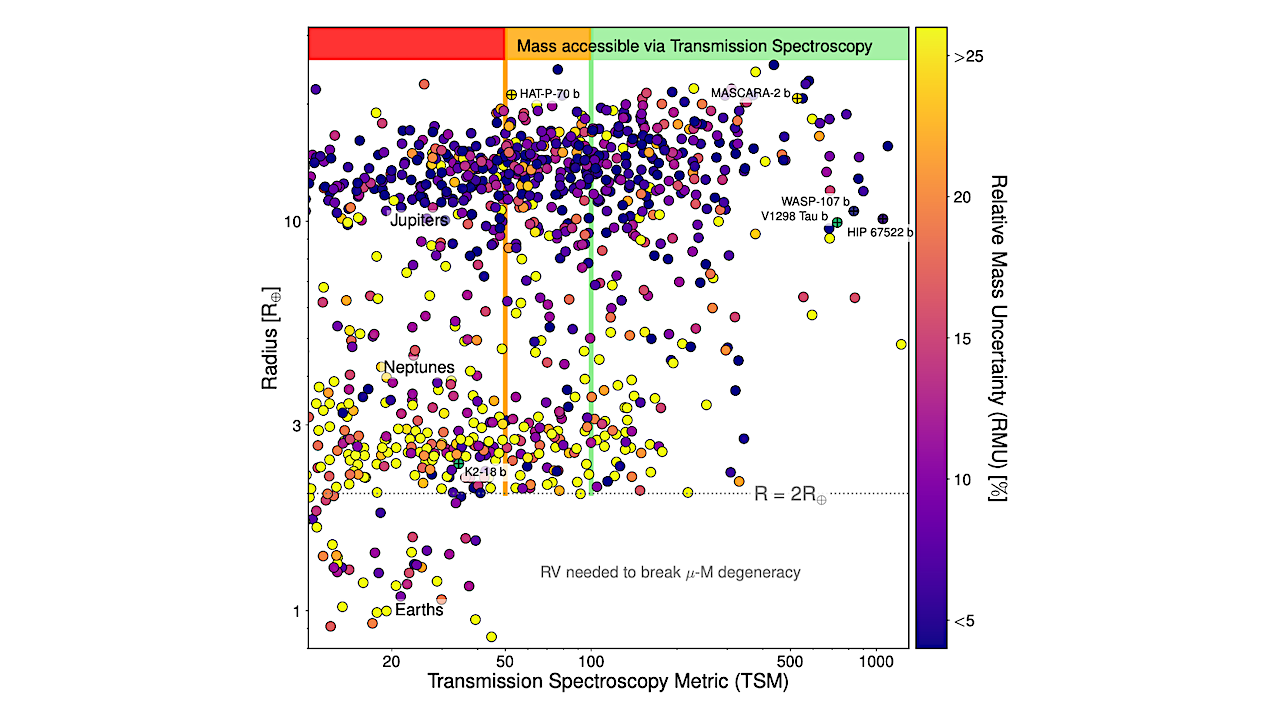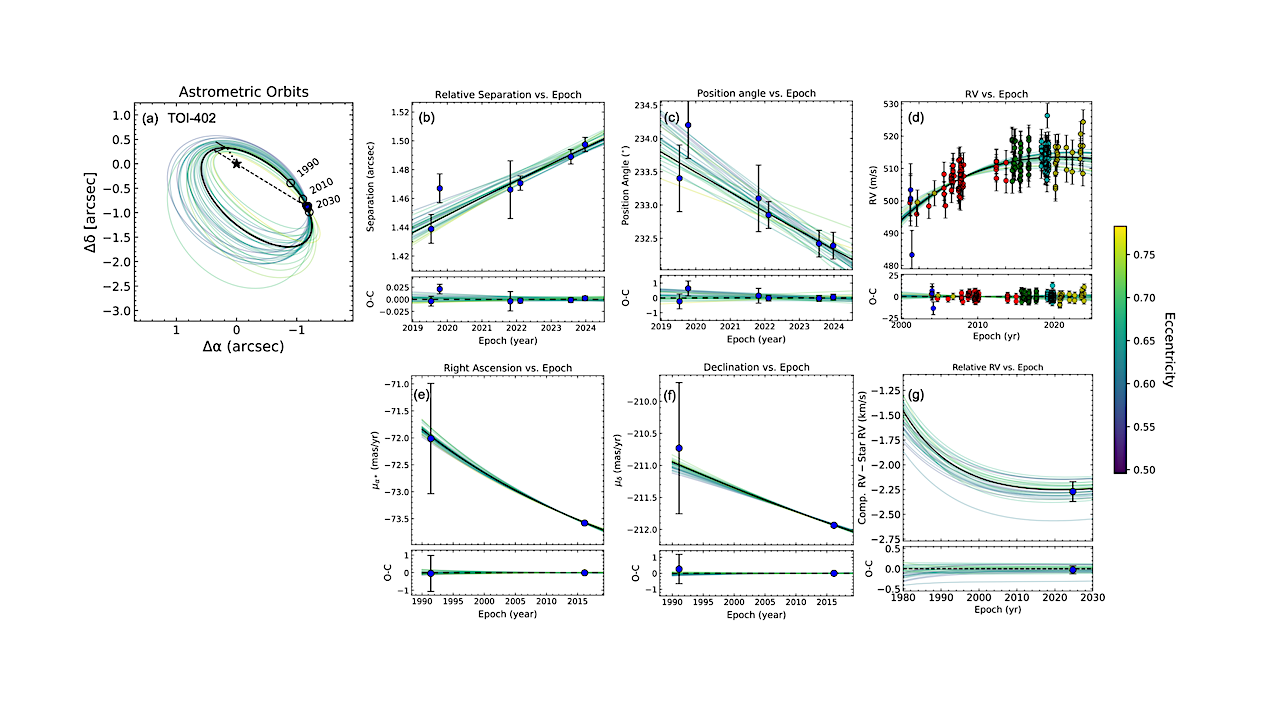Now Reading: Space security, threats and rapid innovation
-
01
Space security, threats and rapid innovation
Space security, threats and rapid innovation

In this week’s episode of Space Minds, host David Aireosto speaks with Steve Kitay— former Deputy Assistant Secretary of Defense for Space Policy, former head of Microsoft’s space initiatives, and now Senior Vice President for Space Defense at True Anomaly.
The conversations takes us inside a rapidly shifting orbital landscape, where national security, commercial innovation, and geopolitical competition collide. From China’s accelerating satellite programs to the race for real-time space situational awareness, we explore how companies like True Anomaly are building the tools to protect U.S. interests and maintain deterrence in a new era of space as a warfighting domain.
Show notes and transcript
Click here for Notes and Transcript
Time Markers
00:00 – Episode introduction
00:22 – Welcome
01:19 – Career transition
02:31 – The Warfighting domain
05:39 – Commercial and military intersection
08:18 – Jackal spacecraft
10:51 – Speed, autonomy and threat response
14:03 – Public-Private Partnership
17:39 – Drivers of change
20:29 – Long-Term deterrence
25:19 – Risk of an arms race
27:20 – Concerns and opportunities
Transcript – True Anomaly Conversation
This transcript has been edited-for-clarity.
David Ariosto — Steve Kitay, former Deputy Assistant Secretary of Defense for Space Policy, then you went on to Microsoft, and now you’re Senior Vice President of Space Defense at True Anomaly. It’s a pleasure to have you on the pod.
Steve Kitay — David, thank you so much for having me here. Excited for the conversation.
David Ariosto — I am too, and I really wanted to talk to you because I think your background really speaks to the nature of where the space industry is going. You have policy perspective, you have defense perspective, you’ve got tech perspective in Silicon Valley, and now you’re at True Anomaly — a relatively new space startup at the intersection of space defense, situational awareness, growing startups, and venture capital. First, what drew you into the private sector after this long career at the Pentagon and elsewhere?
Steve Kitay — I’ve been really fortunate in my career. I feel like it was a lot of luck and timing and a lot of great people that I got to work with. I could have never planned out this path, but it’s been an exciting one. I spent 18 years in government — starting on active duty in the military and then eventually serving as the Deputy Assistant Secretary of Defense for Space Policy in the Pentagon. In 2020, I left and went into industry because I wanted to build and create capabilities that serve our nation and support our warfighters. Technology is advancing so much that I wanted to get out there, get my hands dirty, and really create those capabilities for the future.
David Ariosto — The nature of space as a warfighting domain feels very different than it used to be. How has your perspective on space security evolved since your time at the Department of Defense?
Steve Kitay — One of the common misconceptions is when people say, “Space is getting militarized now.” Space has been militarized since the very beginning. The launch of Sputnik in 1957 was done by the Soviets; we quickly responded with Explorer in 1958, which was a U.S. Army program. So the military’s been involved in space since the start — for communications, reconnaissance, and supporting our nation. Over the years, space became more integral to warfare. And in the past ten years, it’s truly become a warfighting domain — not just providing services to troops but a domain in its own right. China and Russia recognized how important space is and started developing weapon systems, so we’ve had to ensure we can protect and defend our interests and, if necessary, deny adversaries the use of space when hostile to our interests.
David Ariosto — Ukraine gave us a real-time look at the nexus of commercial and public space — with Starlink playing a key role. And now we’re seeing more “orbit policing.” How does True Anomaly fit into that?
Steve Kitay — The first step in protecting and defending interests in space is understanding what’s happening there and the threats we face. Historically, we’ve done that with ground-based sensors — telescopes, radars. We’ll still need those, but we also need capabilities in space that can characterize what’s happening on orbit more deeply. That’s where True Anomaly fits in. We’re a space superiority company building defense technologies to protect and defend our interests in, from, and through space. Our Jackal spacecraft is our first product — a satellite system designed for rendezvous and proximity operations. It’s about safely approaching and characterizing other spacecraft to understand what’s going on.
David Ariosto — These operations must be incredibly fast, especially with new hypersonic and autonomous systems. How are you addressing the latency and real-time decision-making challenge?
Steve Kitay — Speed and autonomy are critical. Jackal is tied to our second product, Mosaic — the ground software that commands and controls our spacecraft and also does battle management. It’s not just control; it’s planning, preparing, and executing operations, with autonomy as the key. We need to respond on operationally relevant timelines — hours or minutes, not days or weeks.
David Ariosto — We’re also seeing more war gaming, digital twins, and predictive analytics. How is this public-private partnership shaping the defense market in space?
Steve Kitay — We’re at a unique moment. Over the past decade, billions flowed into commercial space — communications, sensors, etc. The new step happening now is the rise of “defense product.” By that I mean technology built specifically for military needs. You don’t send soldiers into battle with a Toyota Camry; you give them tanks. Similarly, the Air Force needs fighter aircraft, and now we’re building the equivalent for space. This requires deep public-private collaboration. Government defines the mission needs; companies like True Anomaly build and field the capabilities quickly.
David Ariosto — What’s driving this acceleration — is it mostly threats or also funding and policy shifts?
Steve Kitay — Two things: the threat and the pace of acquisition. China’s been investing rapidly in defense capabilities and has launched about a thousand satellites in the past ten years. They’re accelerating to contest us. Meanwhile, our acquisition system isn’t moving fast enough to get innovation into the hands of warfighters. Private investment is helping close that gap so we can maintain deterrence and technological superiority.
David Ariosto — Looking decades ahead — 2030, 2035, even 2050 — what do you think the future of space deterrence and competition looks like?
Steve Kitay — More activity, more competition, and a blend of commercial, military, and exploration efforts. There will be larger constellations, faster, more autonomous systems, and more contested space. The goal is deterrence — keeping peace by showing strength and readiness.
David Ariosto — Some argue that putting more space-based interceptors up there risks fueling an arms race. What’s your take?
Steve Kitay — The arms race is already happening. China and Russia are developing advanced missile and space weapon systems. Pretending otherwise won’t make space safer. Deterrence through strength is essential — we have to be able to defend our assets and deny hostile actions if needed.
David Ariosto — Last question — what keeps you up at night, and where’s the biggest opportunity for True Anomaly?
Steve Kitay — What worries me is whether the broader public realizes we’re in a “Sputnik moment.” Defense leaders see the threat and are pushing to move faster, but bureaucracy can slow progress. The opportunity is speed and partnership — aligning innovative private companies with military leaders to deploy cutting-edge capabilities quickly and keep space safe and stable.
About Space Minds
Space Minds is a new audio and video podcast from SpaceNews that focuses on the inspiring leaders, technologies and exciting opportunities in space.
The weekly podcast features compelling interviews with scientists, founders and experts who love to talk about space, covers the news that has enthusiasts daydreaming, and engages with listeners. Join David Ariosto, Mike Gruss and journalists from the SpaceNews team for new episodes every Thursday.
Watch a new episode every Thursday on SpaceNews.com and on our YouTube, Spotify and Apple channels.
Be the first to know when new episodes drop! Enter your email, and we’ll make sure you get exclusive access to each episode as soon as it goes live!
Space Minds Podcast
“*” indicates required fields
Note: By registering, you consent to receive communications from SpaceNews and our partners.
Stay Informed With the Latest & Most Important News
-
 01From Polymerization-Enabled Folding and Assembly to Chemical Evolution: Key Processes for Emergence of Functional Polymers in the Origin of Life
01From Polymerization-Enabled Folding and Assembly to Chemical Evolution: Key Processes for Emergence of Functional Polymers in the Origin of Life -
 02Panasonic Leica Summilux DG 15mm f/1.7 ASPH review
02Panasonic Leica Summilux DG 15mm f/1.7 ASPH review -
 03How New NASA, India Earth Satellite NISAR Will See Earth
03How New NASA, India Earth Satellite NISAR Will See Earth -
 04And Thus Begins A New Year For Life On Earth
04And Thus Begins A New Year For Life On Earth -
 05Astronomy Activation Ambassadors: A New Era
05Astronomy Activation Ambassadors: A New Era -
06SpaceX launch surge helps set new global launch record in 2024
-
 07Two Black Holes Observed Circling Each Other for the First Time
07Two Black Holes Observed Circling Each Other for the First Time





















